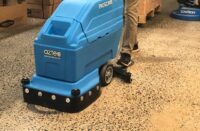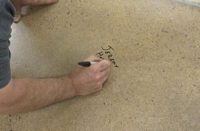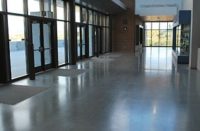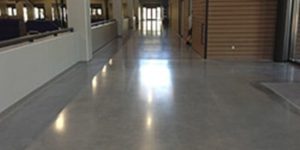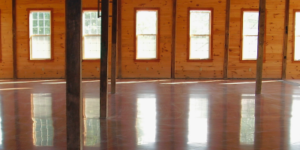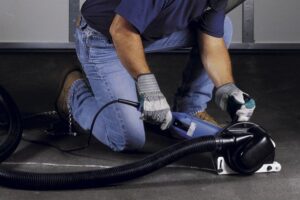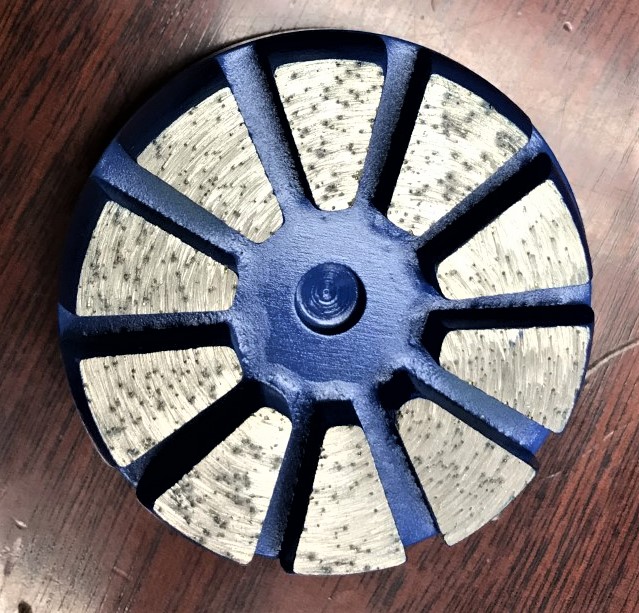
Let’s say you performed a mock-up or a Mohs test on a concrete slab. Subsequently, the results determined the concrete slab is soft (scratched at a 6, 5 or 4).
Here are a few items not on the “typical packing list” that’ll come in handy. Extra diamonds and high-solids densifiers head up that list.
More diamonds
- Using a hard, very hard or extremely hard bond that’s manufactured for this purpose is MOST important. Otherwise, you’ll chew up a set of diamonds in less than 1,000 square feet.
- On many grinder plates, there are six places to attach diamond tooling. Most times, you should only use three of these places (every other spot). However with soft concrete, attaching six diamond tools (loading the plates) helps decrease down pressure, while still cutting the concrete.
- With six tools, you have less chance of producing “corn rows” or a wavy floor.
- Also choose a tool with more segments. Based on the same principle as loading the plates, less down pressure means less trenching!
- Cross-hatch instead of back-pass in the same path.
- When doing single passes, overlap one-third to minimize striping.
High-solids densifier
NOTE: A high-solids densifier isn’t a common product. Only a few manufacturers offer it. However, it’s a lifesaver when polishing a soft concrete slab.
Don’t start with grinding. Rather, clean the slab first. Sometimes you can densify prior to the first cut, if, during that initial cleaning, the water disappears (penetrates rapidly) as you clean the floor.
If the floor was cleaned and then densified after the first cut, using an auto-scrubber with the water flow on high is a must. This will do three things:
- Clean the slab and remove large, overly abrasive particulates from the floor.
- Pre-wet the concrete so when you apply the densifier it doesn’t disappear into the slab.
- Densifying will create more CSH gel, making a harder/denser slab. It will also lock up more of the free calcium hydroxide which is inherently soft.
If the slab continues to instantly dry when cleaning, densify after every step.
When the slab begins to react normally, apply densifier as you regularly would.
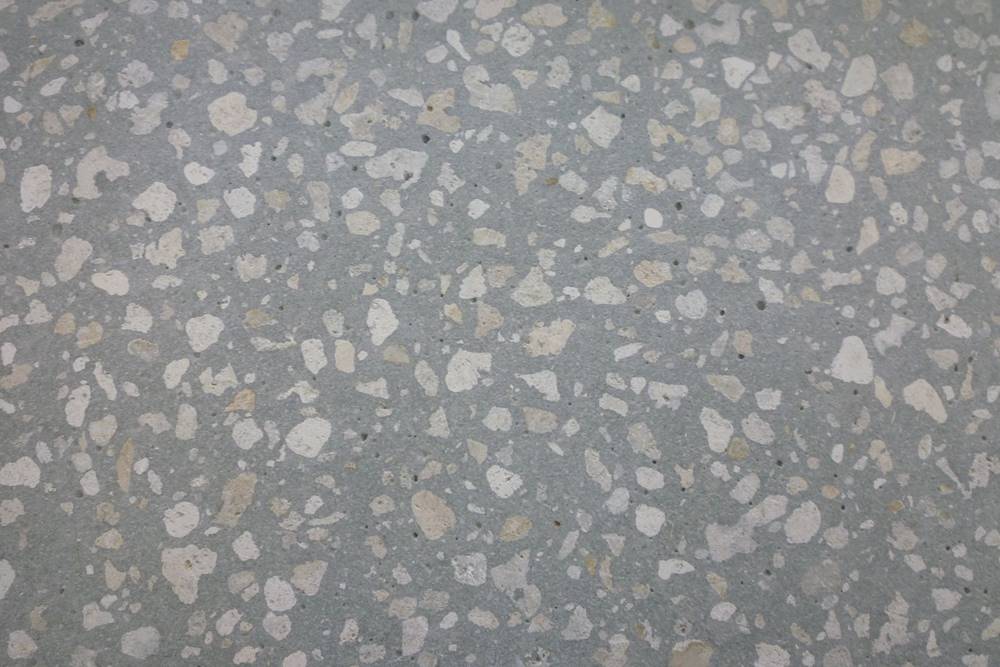
Here’s the tip
If polishing a soft slab, buy the products listed above. This will save both time and money.
I’ve personally polished soft slabs many times and using a densifier at 100 square feet per 5-gallon pail is crazy. I could pour it on, and it would disappear. It’s a losing battle.
Ordering 55-gallon drums of the regular stuff isn’t the answer. Buying more sets of diamonds and putting on new ones every 750 square feet won’t work either.
The answer? Plan to use both the diamonds with the correct bond, configured to last, and a high-solids densifier. If at the end of the job you have product left, consider yourself lucky! And then keep it in stock as a back-up. (You’ll be glad you did.) Plan accordingly and even soft concrete polishes up well.
